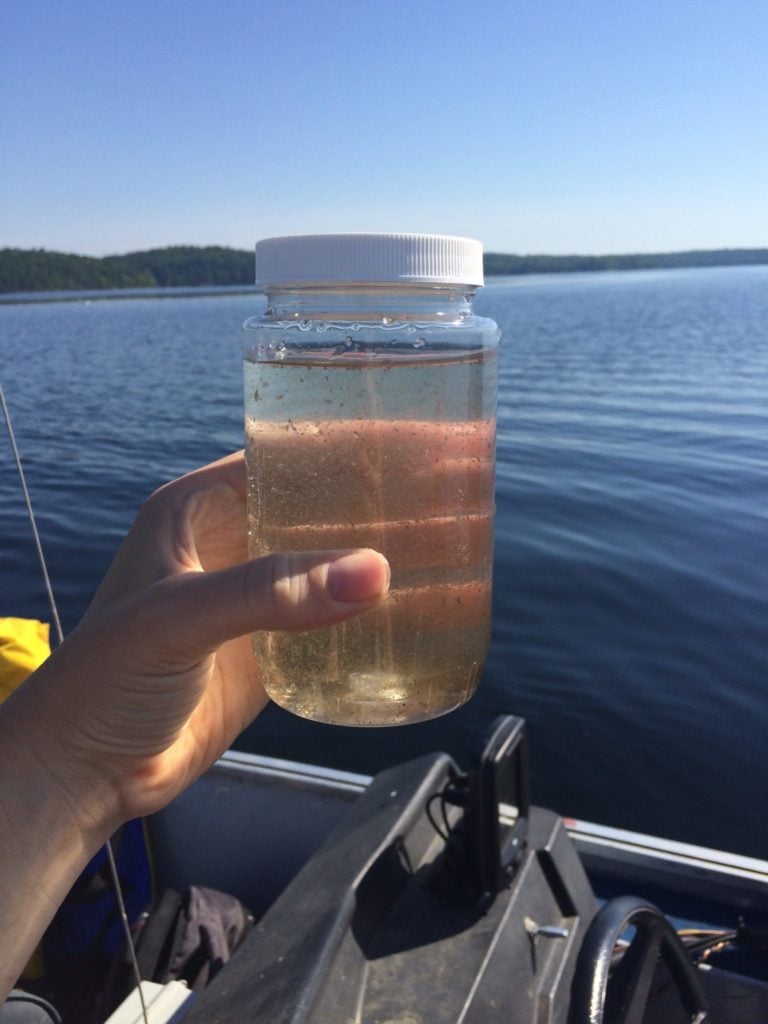Total Kjeldahl Nitrogen
What is total kjeldahl nitrogen?
Total Kjeldahl Nitrogen (TKN) is a measure of the amount of nitrogen in a sample of organic material, such as soil or water. It is named after Johan Kjeldahl, a Danish chemist who developed the method for determining nitrogen content in organic compounds.
In plain language, TKN represents the total amount of nitrogen that is available in a sample, including both organic and inorganic nitrogen. Organic nitrogen is bound up in living and decaying organic matter, while inorganic nitrogen includes compounds such as ammonia and nitrate.
Why is TKN important?
TKN is an important measure in environmental monitoring because excess nitrogen in water bodies can lead to harmful algal blooms and other negative impacts on aquatic ecosystems. TKN can be measured through a laboratory analysis that involves digesting the sample in acid and then determining the nitrogen content through titration or other analytical techniques.
The presence of ammonia in the water can be a cause of excessive plant growth which may prove harmful to the health of aquatic ecosystems. While ammonia in water is naturally converted to nitrate, this conversion removes oxygen from the water, which may cause an adverse impact on fish and invertebrates.
What does a measurement mean?
TKN is an important measure in environmental monitoring because excess nitrogen in water bodies can lead to harmful algal blooms and other negative impacts on aquatic ecosystems. TKN can be measured through a laboratory analysis that involves digesting the sample in acid and then determining the nitrogen content through titration or other analytical techniques.
While it’s difficult to say what a normal Total Kjeldahl Nitrogen (TKN) value is, the higher it is, the more likely you have a problem. Typically the higher the level, the more algae blooms, the less water is clear, and the less oxygen there will be. If you see a sudden spike in this value, or have noticed more plant growth or algae blooms, it could indicate a problem with sewage treatment, agriculture, urban developments, paper plants, industrial waste, recreation, or mining (blasting residuals).

Water Rangers Protocol
We do not currently include a test for this in our kit; this is a lab test done by some of our professional partners. If you know a test that is accurate, affordable and easy-to-use, let us know!
Contributing to the community!
Water Rangers is citizen-scientist led. So, if you have any questions, ideas, or notice any errors related to conductivity, please tell us!